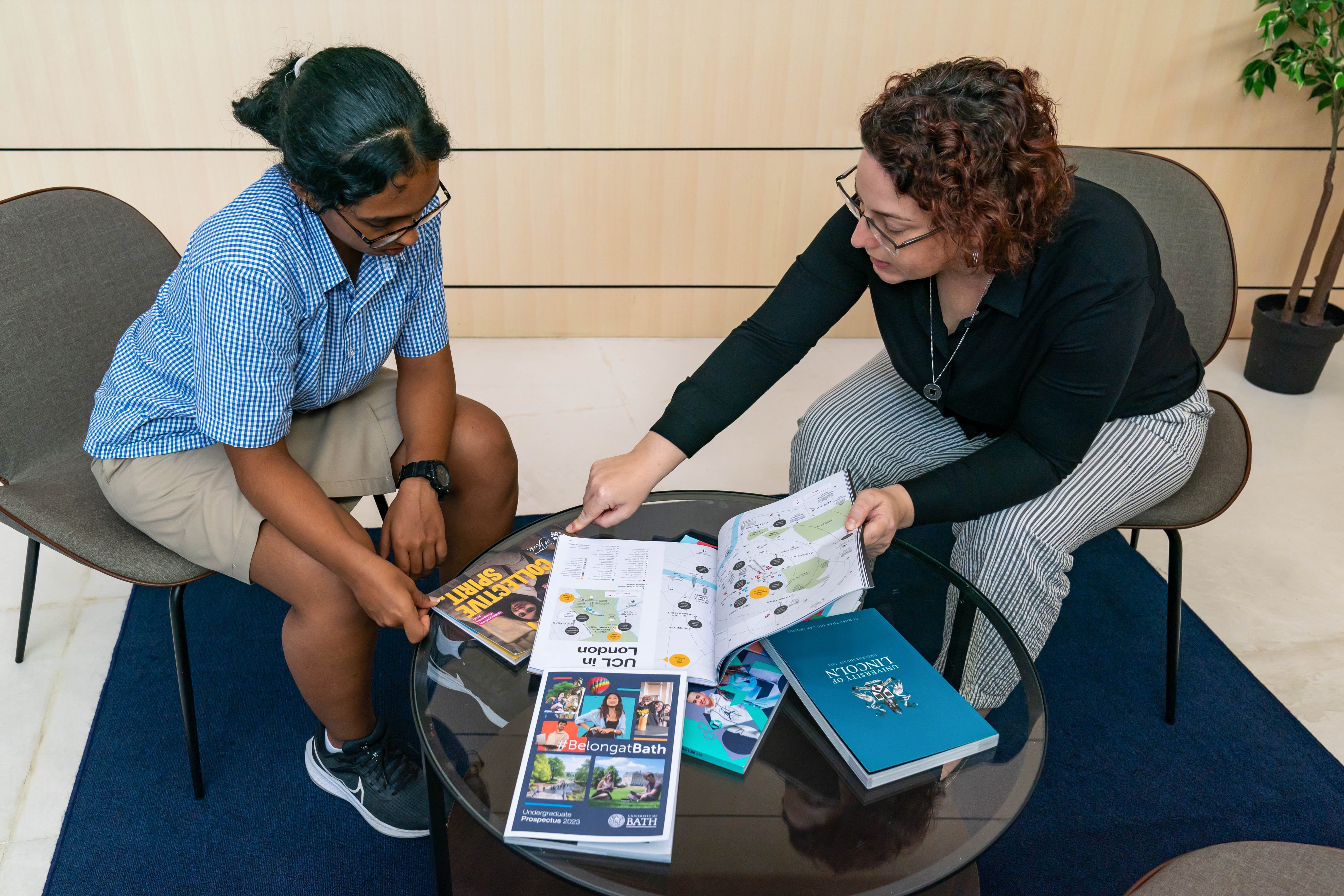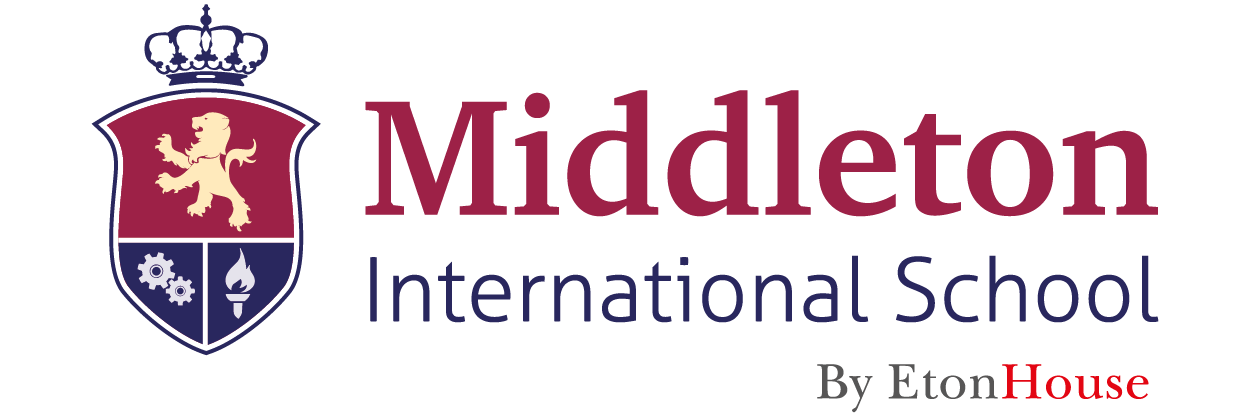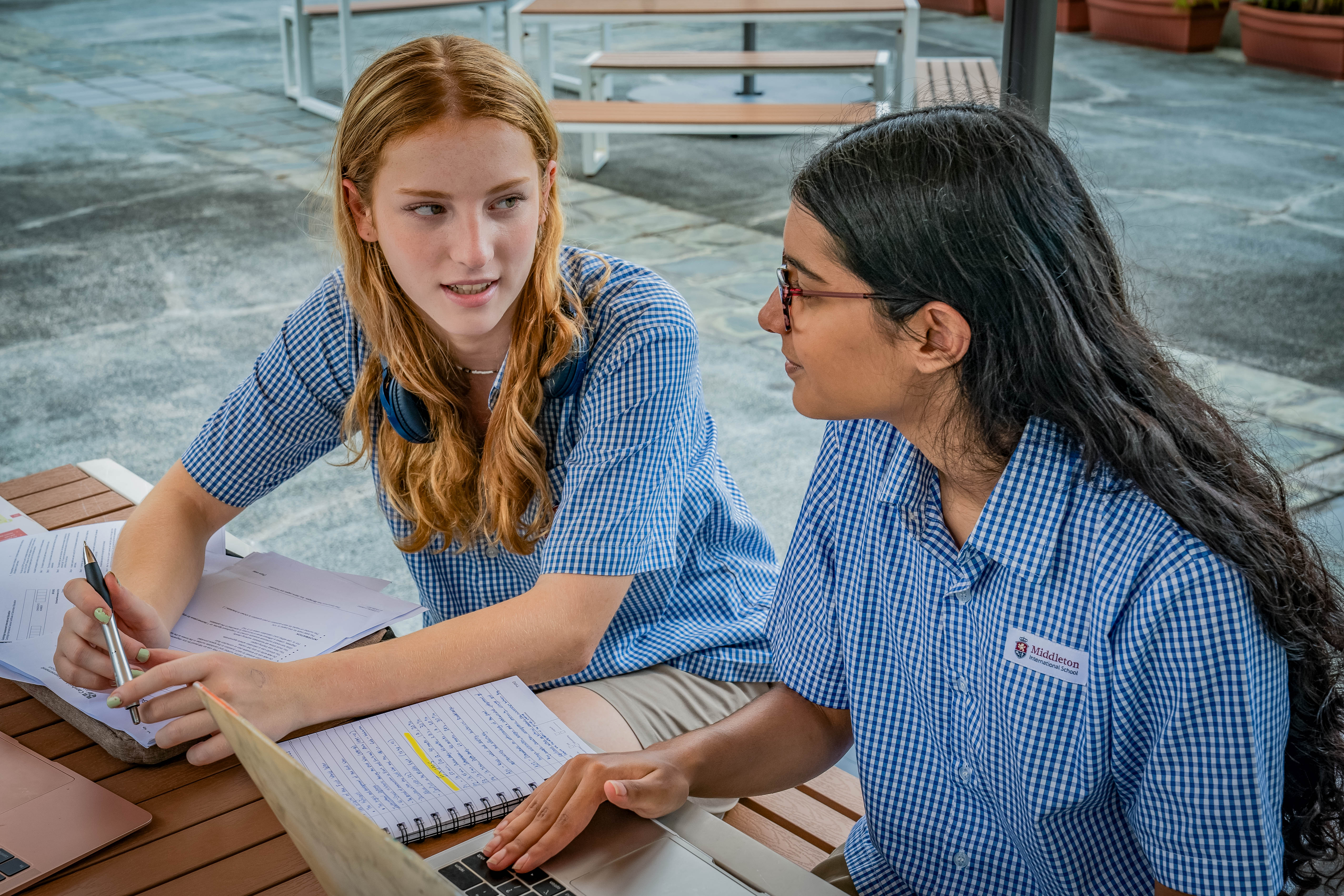
Alison Weeks
Alison is an experienced, enthusiastic and innovative Secondary teacher, having started her career in 2001 in the UK. She is originally from Scotland but studied at the universities of Manchester and York in England. Since leaving the UK in 2012 she has taught History in Thailand, the Middle East and East Africa. She also has a wide range of experience in school management and leadership. Her fundamental beliefs are that all students can achieve, no matter their background or aptitude. Inclusion and diversity are fundamental to successful learning, and curriculum development is a key interest of hers. When not teaching, Alison can usually be found with her nose in a book, cooking or travelling with her family.
Embarking on the transition from secondary to high school is a significant juncture, filled with a mix of anticipation and questions for both students and their families. Navigating this pivotal phase demands careful thought and preparation. As you embark on this journey, it's crucial to be equipped with insights and guidance to make it seamless. This article delves into essential considerations you need to remember as you help your child course through this exciting transition.
To determine if your child is ready for high school, we must consider what a successful high school student is. Some attributes of a successful High School student are being organised, self-disciplined, focused, well-rested, and motivated. Developing and employing these attributes can lead to success commensurate with our abilities and efforts. So, as parents and guardians, you can do several things to support your child in developing these characteristics.
Leading by Example
Firstly, modelling the key attributes ourselves is critical. All of us learn huge amounts from the world around us, and if we are not doing the things we say are key to success, why would our son or daughter do them? For example, if you do not wish for your teenager to use their mobile phone at the dining table, neither should you use yours. Similarly, to cultivate self-discipline and organisation in your teenager, you can create a structure that promotes discipline and be a good example adhering to it.
Fostering Independence
We can also help them adjust to High School by giving them ownership of their space and creating a personal workspace to study in. So allowing your teenager to decorate their workspace, get new folders, a pin board for a calendar, timetable and so on, can give them a sense of pride over the changes in their school life.
Their space gives them an understanding of their independence in high school studies. Separating study and rest spaces helps enhance focus, better sleep, and reduce stress.
Balancing Work and Play
The Contentment Foundation's pillar of 'Contentment & Balance' resonates deeply with the idea of setting healthy boundaries around study time. Agreeing to rest and play is not just about indulgence but about creating a sustainable learning environment that nourishes both mind and body. By working in focused bursts of 40 minutes, mirroring our professional work lives, we cultivate a sense of rhythm and accomplishment that aligns with the Contentment Foundation's emphasis on mindful productivity.
Setting Goals

One final key way in which we can help our teenagers succeed in High School is to help them know why they are there to help them see the goal to work towards in their studies. Many of us have career goals, some more defined than others, but we all have things we are working towards. This helps us stay motivated in our careers, so the same is true for our children. There is no need for a 14-year-old to know what job they want to do, but some goals to aim for help them see the purpose of each exam and can keep them going when they get overwhelmed. At Middleton, our learners can access resources and guidance, from speaking to their homeroom teachers advising course requirements to university and career guidance.
These are not a full list of attributes that make a successful High School student, but developing them will certainly make a difficult period in a teenager's life a bit less stressful and allow a smoother transition from Secondary to High School for everyone.
Find out more about our High School Programme, which is available at Middleton International School Tampines!
-2.jpg?width=640&height=369&name=MIS%20Tampines%20(2)-2.jpg)

